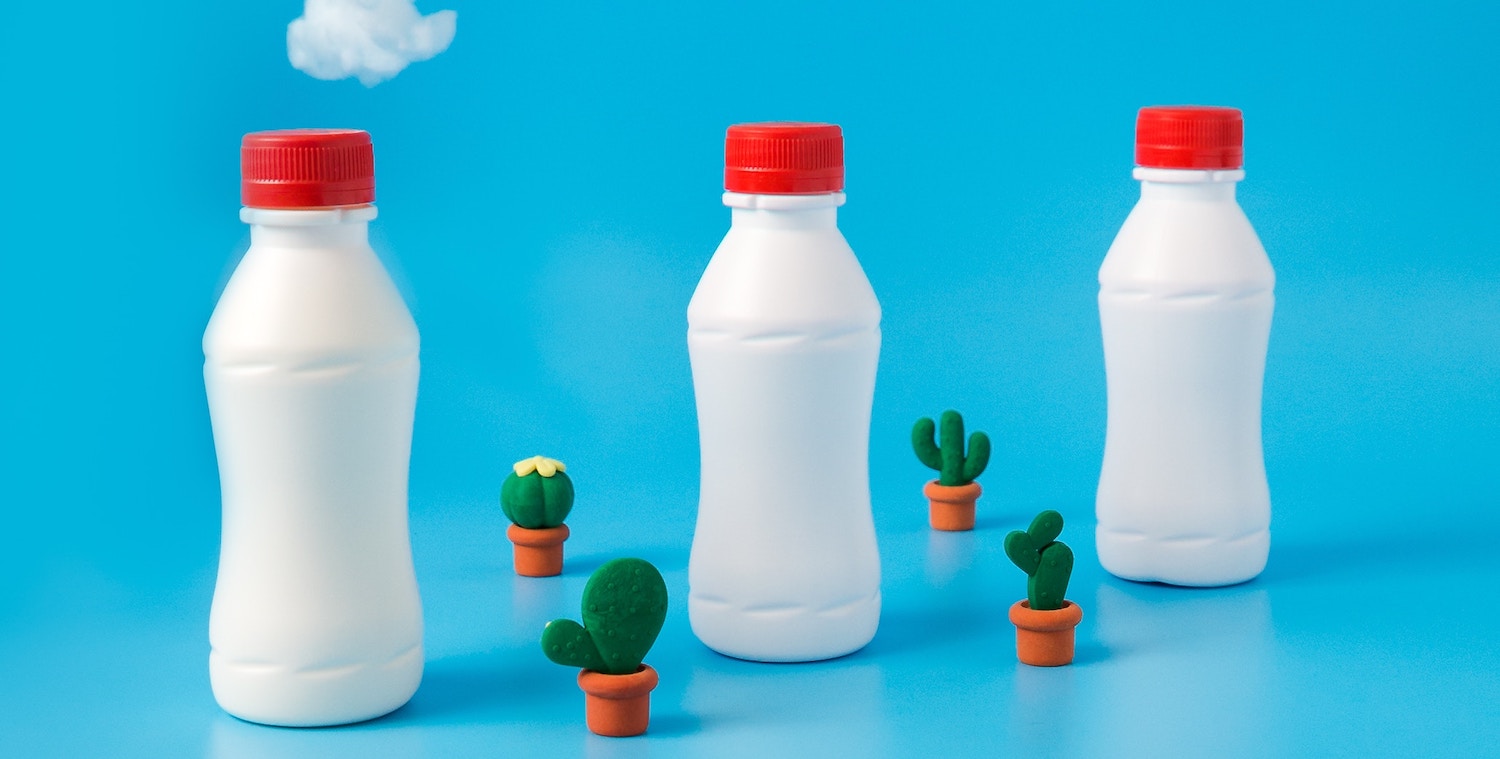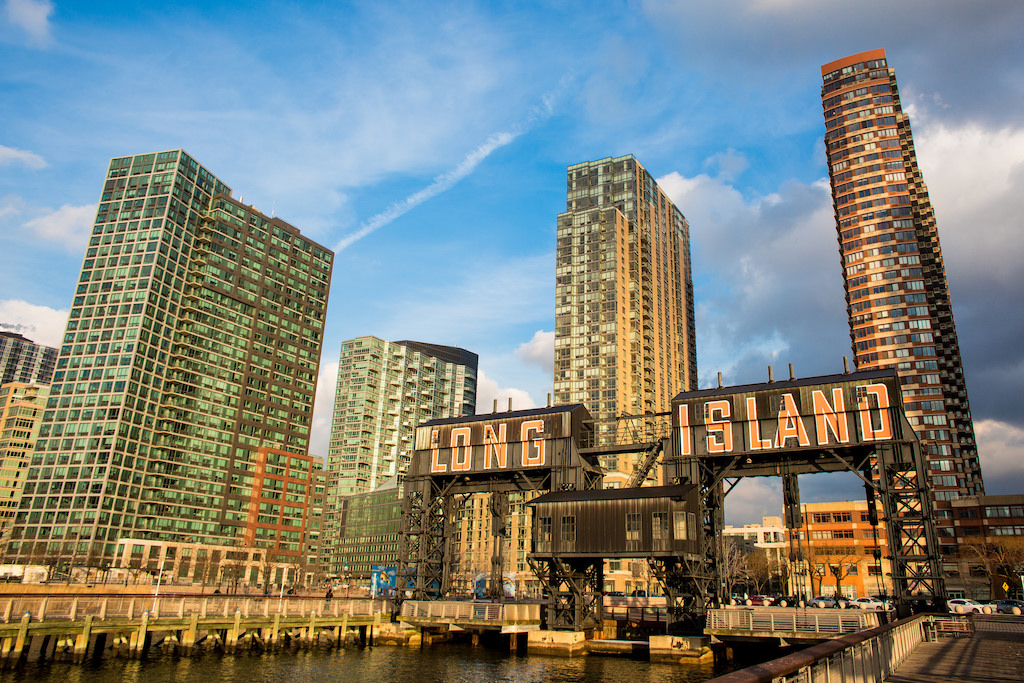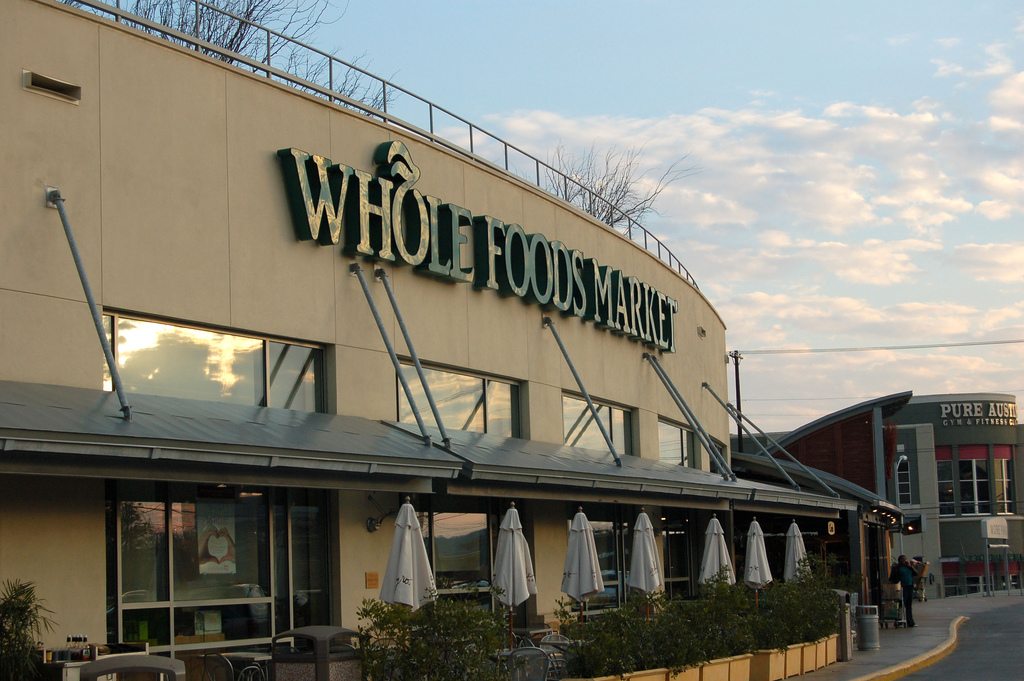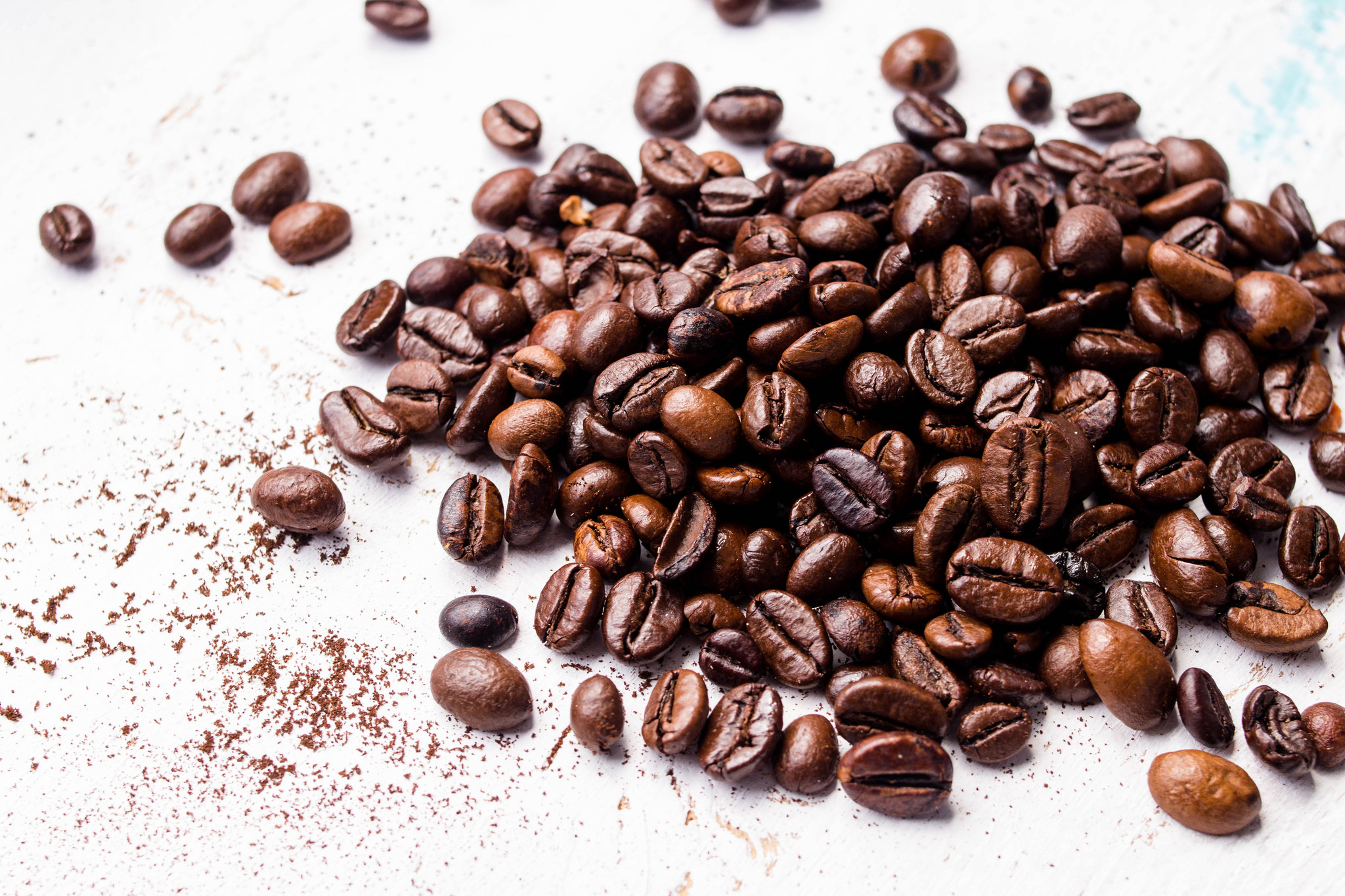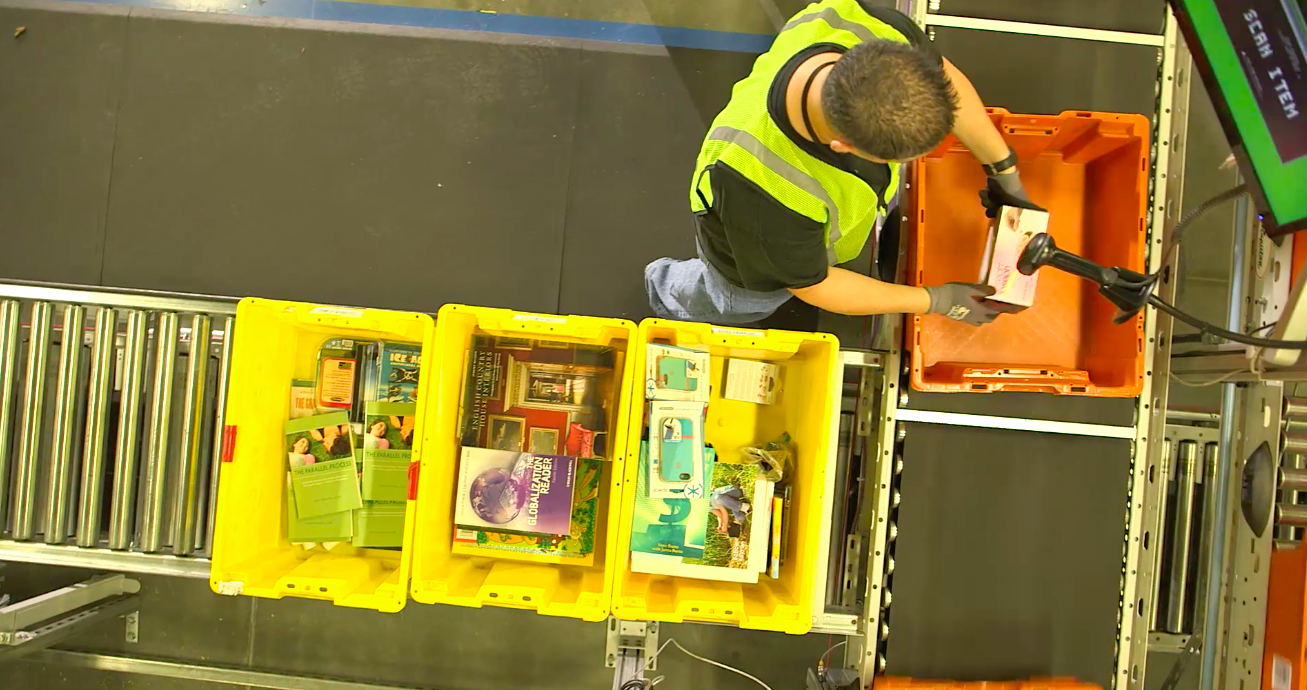
Amazon
This is the web version of a list we publish twice-weekly in our newsletter. It comprises the most noteworthy food stories of the moment, selected by our editors. Get it first here.
Déjà vu all over again. The USDA on Monday released its plan for disbursing the second round of tariff relief payments as part of President Trump’s farm bailout, and this round is basically identical to the first. The administration will disburse an additional $4.9 billion in direct aid to farmers who have lost money as a result of the president’s ongoing trade spat with China. Since the payment rates are the same as the first time around, the plan will produce the same winners and losers: Soy growers will receive by far the biggest share of the money, and corn growers say they’ve been left behind. Bloomberg News has more.
Pot, kettle, black. Back in April, we published a story about low wages for workers at Amazon’s fulfillment centers. At the time, nearly a third of the company’s employees in Arizona were relying on food stamps. Over the course of our reporting, Amazon repeatedly claimed that its wages stack up well against its competitors, arguing that they should be compared with wages in the retail industry, rather than in the warehouse industry, even though its employees technically do work in warehouses. By that convenient (and arguably inaccurate) definition, Amazon’s wages actually did stack up okay, because it was comparing its workforce to Walmart’s minimum-wage cashiers.
Today, we have a fun twist in this corporate doublespeak saga. You might’ve read about Amazon workers striking in Germany, the company’s second-largest market. Those employees claim, among other things, that they should be treated like retail employees, not like logistics employees, because they work for a company that does retail and mail-order business. (In Germany, workers in the retail and mail-order industries have successfully reached collective bargaining agreements.)
Amazon’s response? Its German employees are warehouse workers, not retail workers. But workers in the United States doing the exact same job are still retail workers, even though they work in warehouses. How convenient.
Cancer by the pound. Those compostable takeout containers might not be as innocuous as they seem. A new study screened takeout food packaging for the presence of per- and polyfluoroalkyl substances (PFAS)—a class of “highly persistent, mobile, and toxic chemicals” that easily contaminate food, often don’t biodegrade, and have been linked to cancer. The surprising worst offender? Whole Foods Market. The company’s packaging contained high levels of fluoride, indicating the likely presence of PFAS, in 5 out of 17 samples tested. Kroger, Albertsons, and stores owned by the Dutch parent company of Stop & Shop, Hannaford, and Food Lion also carried packaging that appeared to contain PFAS, though to a lesser extent. Only Trader Joe’s tested completely clean. In the wake of the study, which was first reported by Bloomberg News, Whole Foods said it has removed all forms of packaging mentioned in the report.
Hot food. Berkeley-based food startup KiwiBot wanted to solve delivery’s last-mile issue by using robots. So in 2016, it invented a modular system in which robots based at restaurants around the city handed orders off to smaller bots, who in turn delivered food around town. Things were all fine and dandy until last Friday, when one of the bots caught on fire, The Los Angeles Times reports. Don’t blame the bot, though: KiwiBot says the blaze was due to a defective battery. Since Friday, all bots have been pulled off duty and, going forward, will be equipped with software that can monitor battery life.
